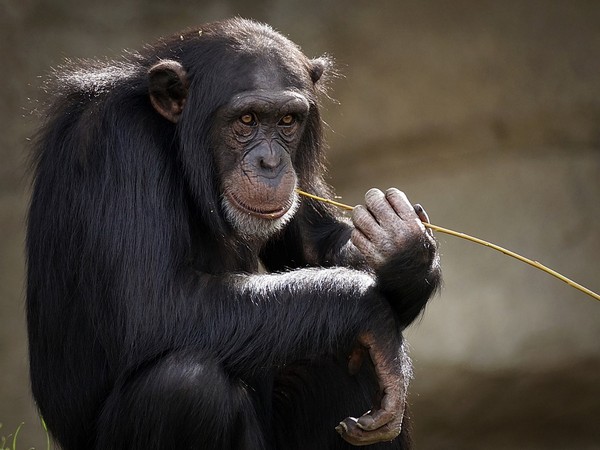Did Early Humans and Monkeys Use Same Stone Tools? Find out

Leipzig [Germany], March 12 (ANI): Scientists from the Max Planck Institute for Evolutionary Anthropology found artefacts built by old-world monkeys in Thailand that resemble stone tools that were historically thought to have been deliberately crafted by early hominins.Sharp-edged stone tools were previously supposed to signify the beginning of purposeful stone tool manufacturing, which is one of the defining and distinctive features of hominid evolution. Long-held assumptions about the beginnings of purposeful tool manufacturing in our own lineage are called into question by this new study.Also Read | DC-W vs RCB-W, Dream11 Team Prediction WPL 2023: Tips To Pick Best Fantasy Playing XI for Delhi Capitals vs Royal Challengers Bangalore, Women's Premier League Inaugural Season Match 11.The research is based on new analyses of stone tools used by long-tailed macaques in the Phang Nga National Park in Thailand. These monkeys use stone tools to crack open hard-shelled nuts. In that process, the monkeys often break their hammerstones and anvils. The resulting assemblage of broken stones is substantial and widespread across the landscape. Moreover, many of these artefacts bear all of the same characteristics that are commonly used to identify intentionally made stone tools in some of the earliest archaeological sites in East Africa."The ability to intentionally make sharp stone flakes is seen as a crucial point in the evolution of hominins, and understanding how and when this occurred is a huge question that is typically investigated through the study of past artefacts and fossils. Our study shows that stone tool production is not unique to humans and our ancestors," said lead author Tomos Proffitt, a researcher at the Max Planck Institute for Evolutionary Anthropology, adding, "The fact that these macaques use stone tools to process nuts is not surprising, as they also use tools to gain access to various shellfish as well. What is interesting is that in doing so they accidentally produce a substantial archaeological record of their own that is partly indistinguishable from some hominin artefacts."Also Read | Gujarat Police Booked Mother and Her Lover in Connection With Son’s Murder in Rajkot.New insights into the evolution of stone tool technologyBy comparing the accidentally produced stone fragments made by the macaques with those from some of the earliest archaeological sites, the researchers were able to show that many of the artefacts produced by monkeys fall within the range of those commonly associated with early hominins. Co-lead author Jonathan Reeves said, "The fact that these artefacts can be produced through nut cracking has implications for the range of behaviours we associate with sharp-edged flakes in the archaeological record.."The newly discovered macaque stone tools offer new insights into how the first technology might have started in our earliest ancestors and that its origin may have been linked to similar nut-cracking behaviour which could be substantially older than the current earliest archaeological record."Cracking nuts using stone hammers and anvils, similar to what some primates do today, has been suggested by some as a possible precursor to intentional stone tool production. This study, along with previous ones published by our group, opens the door to being able to identify such an archaeological signature in the future," said Lydia Luncz, senior author of the study and head of the Technological Primates Research Group at the Max Planck Institute for Evolutionary Anthropology, adding, "This discovery shows how living primates can help researchers investigate the origin and evolution of tool use in our own lineage." (ANI) (This is an unedited and auto-generated story from Syndicated News feed, LatestLY Staff may not have modified or edited the content body)
Sunday, March 12, 2023 at 1:50 pm